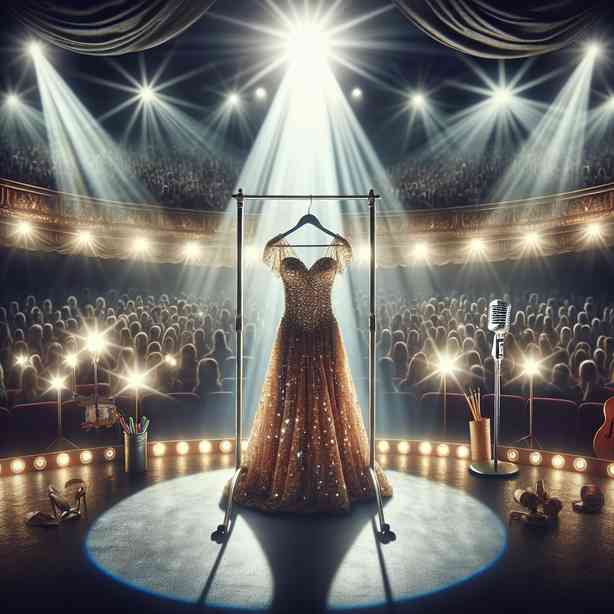
The memories associated with our first costume linger in our minds like the scent of nostalgia, evoking a myriad of emotions tied to childhood imagination and creativity. Costumes symbolize more than just fabric and thread; they represent a rite of passage into the realm of play and transformation. Often, our first encounters with dressing up are venerated and cherished not only because of the attire itself but also due to the rich experiences and sentiments surrounding those moments.
Delving into the reasons why we remember our first costumes, one must recognize the profound impact of childhood experiences on our identities. As children, we are naturally inclined to explore different roles and personas, stepping into the shoes of our favorite characters, whether they be superheroes, princesses, animals, or something entirely unique. This exploration encourages creativity and self-expression, allowing us to form connections with characters that resonate with our young hearts.
The emotional attachment to our first costume is often intertwined with the celebrations that accompanied it, such as Halloween, birthday parties, or school events. These occasions foster a sense of belonging and community as children come together to showcase their creative choices. The joy of dressing up, along with the shared excitement of peers donning their own unique outfits, cultivates an environment of acceptance and non-judgment. Such atmospheres are instrumental in shaping our social interactions during formative years.
Moreover, the novelty of our first costume plays a significant role in our recollections. It is typically our debut experience of embracing another identity fully. Many of us can vividly recall the feel of the fabric, the way the costume transformed our appearance, and how it ignited our imaginations. The vivid colors, the stitching details, and even the scent of the material can all evoke strong memories. Such sensory experiences are deeply entrained within our minds, allowing us to relive those moments repeatedly as we grow older.
Another key element resides in the individual and familial narratives that surround our costumes. Many young children are eager to share their imaginative ideas with parents or guardians while creating or selecting their first costume. This joint participation in the costume-making process fosters intimate bonds and strengthens familial ties. Whether it is a mother sewing a costume from scratch or a father helping with makeup and accessories, these engaging interactions form a tapestry of shared experiences. The stories and laughter that accompany the making of the costume enhance its significance, embedding it deeply within our memory banks.
The psychological components that contribute to why we remember our first costumes are extensive. Psychological research indicates that first experiences often occupy a significant memory space in our minds, creating what is known as a “flashbulb memory.” This term refers to a particularly vivid recollection triggered by an emotional event. For many of us, trying on our first costume triggers feelings of wonder, excitement, and sometimes apprehension, leading to a memorable experience that we can recall with clarity.
Furthermore, our first costume often acts as a catalyst for identifying our interests and hobbies later in life. It opens doors to creative avenues like arts and crafts, theater, or fashion. As we navigate life, these initial interactions with costumes and the act of dressing up lay the foundation for how we express ourselves through attire even as adults. The influence of early costume experiences extends beyond just childhood, shaping our perspectives on identity and self-expression in adulthood.
Reflecting on how costume memories persist over time, one may consider the role of media and culture in reinforcing these memories. Many beloved films and animated series feature iconic characters whose costumes symbolize deeper themes and narratives. As children, we internalize these representations, and they become interwoven with our own memories. The cultural significance of costumes, particularly during Halloween and other themed events, serves to remind us of those early days, creating a cyclical relationship between the past and present.
In modern contexts, the resurgence of costume-themed events, cosplay, and themed parties continues to underscore the relevance of our early experiences with costumes. These activities allow individuals to celebrate their childhood through creative expression, giving them the opportunity to reconnect with the joyous memories of their first costumes. Adults now often engage in playful reenactments of their favorite childhood characters, demonstrating how these early experiences remain influential in shaping our adult selves.
Ultimately, the memory of our first costume encapsulates a profound intersection of creativity, emotional connections, and the exploration of identity. It is a beautiful reminder of the unrestrained joy and wonder that define childhood. As we reflect on these memories, we realize that our first costumes were not merely outfits, but signals of our individuality, self-discovery, and the friendships that helped shape our insightful experiences.
In conclusion, the significance of our first costume extends far beyond the fabric it is made from. It intertwines with themes of creativity, family connections, psychological impact, cultural influences, and the continuity of identity through life stages. Each remembered detail, be it the laughter shared during its creation or the delight seen in the mirror, reverberates through our memories, making it a cherished piece of our personal history. As we celebrate these early encounters with costumes, we honor the lessons they impart in creativity, self-expression, and the simple joys of childhood.


